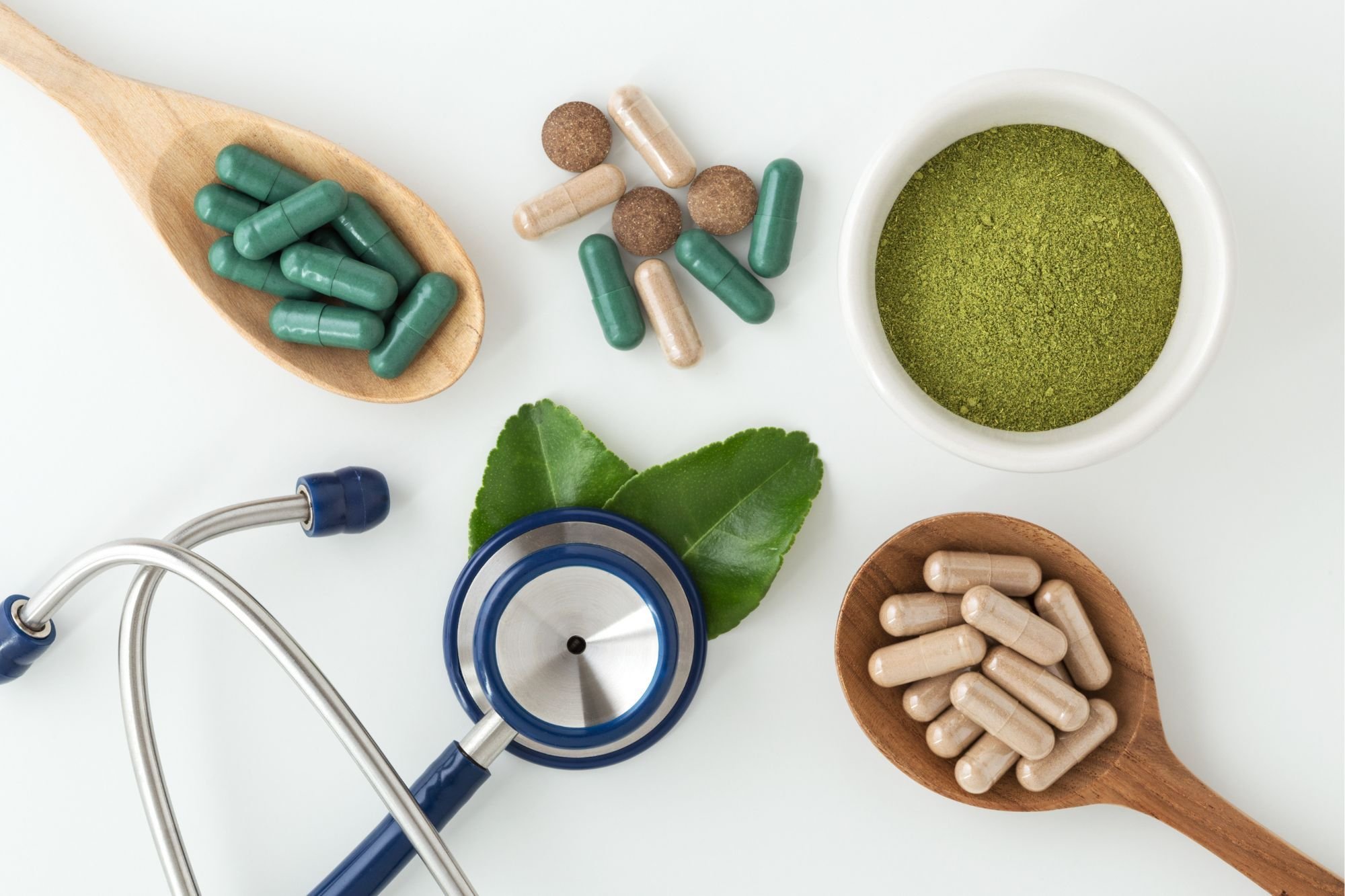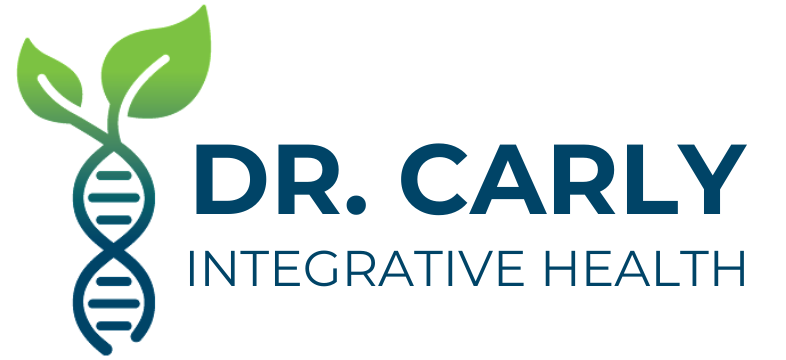
Stool Testing in Clinical Practice
Become a confident clinician who selects the best stool test, accurately interprets microbiome data, and builds customized gut protocols that get results

Become a microbiome specialist
Are you still ordering culture tests and wonder if you should be using PCR testing?
Have you heard rumors about the GI-MAP and wonder if it is actually a good test?
Do you use the Genova GI Effects but you don’t really know what the different bacteria mean?
Are you intrigued by BiomeFx but not sure what to do with all that information?
Has a patient brought in results from Viome or Ombre and you have no idea how to interpret it?
Are you giving patients the same probiotic and gut protocols and getting lackluster results?
Are you ready to start using the most advanced microbiome testing to confidently create customized gut protocols for your patients?
Then this course is for you!
What You Get
Instant access to over 3 hours of video content
Review all the available microbiome stool tests on the market—everything from GI-MAP to Viome
Learn the pros and cons of culture vs PCR vs next generation sequencing
Explore the best techniques to assess parasites, yeast, and H. pylori
Backed by over 150 scientific articles
Includes a pdf reference guide
Bonus #1: Stool Chemistry ($150 Value)
Additional 30 minute lecture on stool chemistry markers
Explore everything from calprotectin to zonulin
Learn which ones are accurate and which ones are a waste of money
Bonus #2: microbiome analysis ($300 Value)
Additional 50 minute lecture on analyzing the microbiome using next generation sequencing
Learn how to interpret the raw data from 16S rRNA sequencing or whole genome sequencing
Get an advanced primer on the microbiome and its clinical impacts—learn about Prevotella, Bacteroides, Proteobacteria, Akkermansia, Desulfovibrio, Bilophila, Faecalibacterium, and more
Learn how to customize a gut protocol using diet, herbs, prebiotics and probiotics based on next generation sequencing
Course content
-
Course Outline (4:52)
Stool Testing Basics (12:46)
Topics include microbiome of lumen vs mucosa; variations in the microbiome; best practices to collect accurate sample; overview of microbiome structure; features to look for in a stool test.
-
Culture Testing (7:37)
Topics include limitations of culture testing; MALDI-TOF.
-
PCR Introduction (2:18)
GI-MAP (14:45)
Genova GI-Effects (5:59)
Doctor’s Data GI360 (3:55)
PCR Summary (2:09)
Topics include pros and cons of PCR; which PCR tests to avoid; Firmicutes/Bacteroidetes ratio
-
Biomesight (9:13)
Ombre (7:38)
Kean Gut (4:35)
BIOHM (4:13)
16S Summary (4:49)
Topics include defining 16S rRNA sequencing; pros and cons of 16S; differences between companies; overview of what information is provided by each company.
-
BiomeFX (9:55)
Kean Gut+ (5:23)
Nirvanva Biome (3:19)
Genova Microbiomix (5:16)
Thorne Gut (7:30)
Topics include pros and cons of whole genome sequencing; overview of what is included on each report.
-
Viome (9:05)
Topics include pros, cons, and limitations of metatranscriptomic sequencing; review of Viome reports.
-
Vibrant American Gut Zoomer (13:59)
Topics include pros, cons, and limitations of microarray; issues with Gut Zoomer
-
Bacteria (3:42)
Parasites (8:00)
Yeast (8:57)
H. Pylori (12:03)
Topics include best methods for assessing bacteria, parasites, yeast and H. pylori respectively; includes discussion of urea breath test, endoscopy, and stool antigen testing for H. pylori.
-
Calprotectin (3:01)
Lactoferrin (0:54)
Pancreatic Elastase (1:38)
Fecal Fat (2:14)
Fecal Occult Blood (2:03)
Short Chain Fatty Acids (6:18)
Secretory IgA (4:04)
Beta-glucuronidase (3:42)
Zonulin (5:48)
Topics include pros, cons, and limitations of different markers based on the current research.
-
Overview (2:48)
Diversity (5:25)
Lipopolysaccharide (24:26)
Keystone Bacteria (11:07)
Butyrate Producers (5:57)
Topics include a framework for interpreting next generation sequencing data; advanced introduction to the microbiome; and how to modulate the microbiome using natural therapeutics beyond probiotics.

set yourself apart from other Gi Specialists with the latest microbiome research
FAQs
-
No. Since this course extensively reviews commercial information, it is not eligible for CEUs. An in depth microbiome CEU course is currently in the works.
-
You have access to the course for the lifetime of the course.
-
No. Once you register, you have instant access to the entire course so we do not offer refunds.



